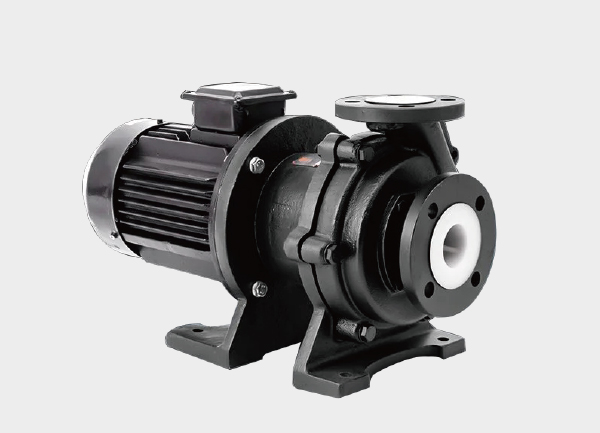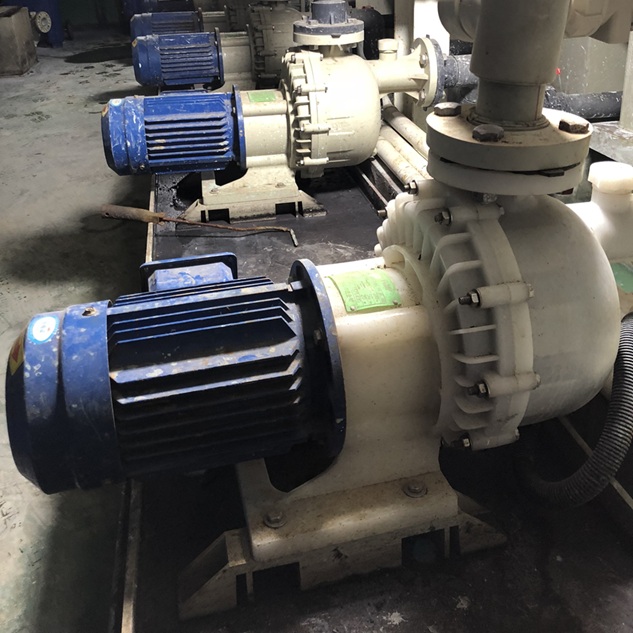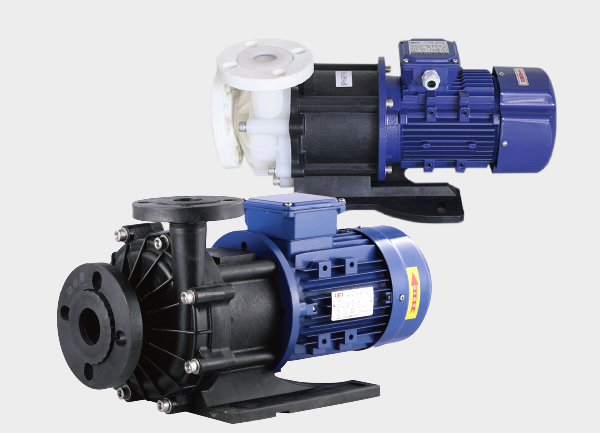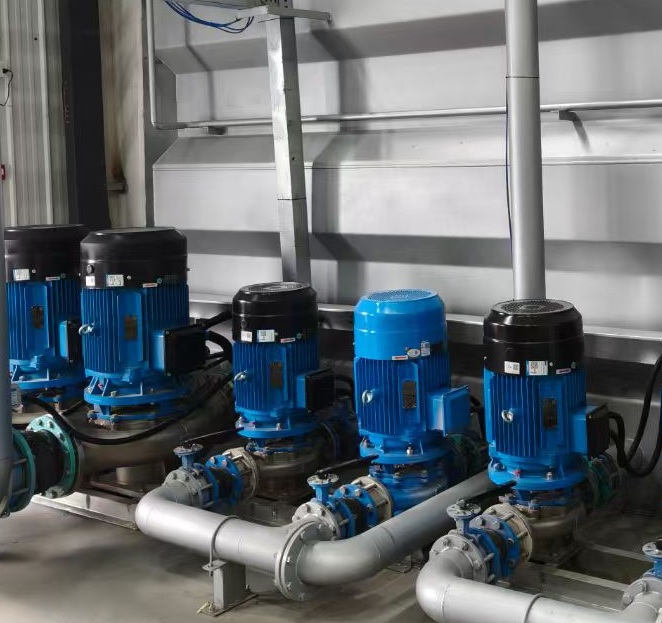You’ve probably heard that “chemical pumps must be corrosion-resistant.” That’s true—but focusing only on the material is a common mistake. Why do some pumps perform well in one plant but fail quickly in another, even though they’re made of the same material?
Let’s uncover the key factors beyond materials that determine pump performance and reliability, using four typical types: chemical transfer pumps, acid chemical pumps, corrosion-resistant pumps, and chemical wastewater pumps.
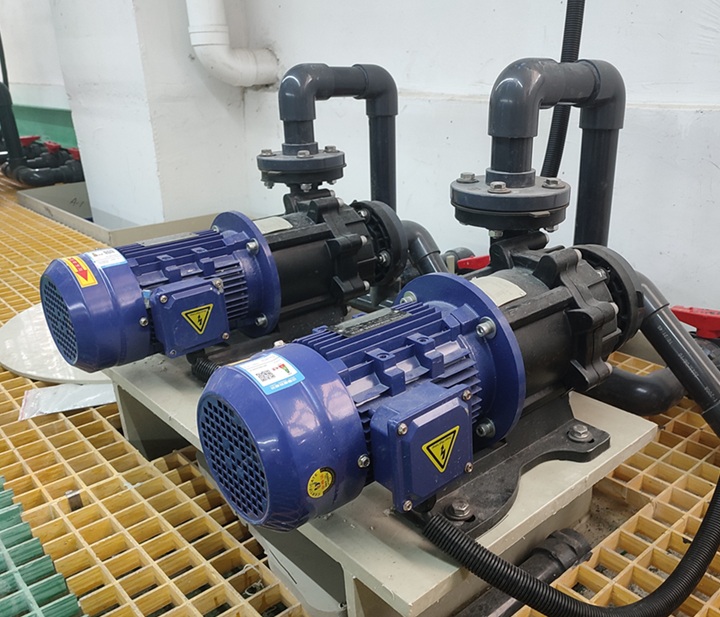
1. Know Your Fluid Before Choosing the Pump
Before worrying about materials, start by understanding your fluid characteristics.
For example:
To transfer pure acetone (a common solvent), a chemical transfer pump is enough—it doesn’t need high acid resistance but must prevent vapor leakage.
For 30% hydrochloric acid, only an acid chemical pump will do; even the tightest seal on a standard transfer pump won’t stop corrosion.
If your fluids alternate between citric acid (organic acid) and sodium hydroxide (alkali), use a corrosion-resistant pump with multi-chemical compatibility.
When handling chemical wastewater containing plastic particles, even the most corrosion-resistant pump may clog—so choose a chemical wastewater pump with anti-blocking impellers.
2. Match the Pump to Operating Conditions
Why does an acid pump work fine at room temperature but start leaking when transferring 80°C hot sulfuric acid? Because operating parameters matter just as much as the medium itself.
Temperature, pressure, and flow rate all affect pump performance:
At room temperature, a standard fluoroplastic acid pump may suffice; at high temperatures, you’ll need a reinforced fluoroplastic version.
For low-pressure dilute acid, a standard model is fine; but high-pressure concentrated acid requires a stronger motor and more robust casing.
Likewise, a chemical transfer pump must adapt impeller speeds for low-viscosity methanol vs. high-viscosity glycerol.
And chemical wastewater pumps handling sludge-heavy water need higher wear resistance than those used for light wastewater.
3. Maintenance: The Key to Long Service Life
Buying the right pump is only half the story—proper maintenance determines how long it lasts.
For chemical transfer pumps, always check seals for leaks before startup; even minor leaks can cause safety hazards.
For acid chemical pumps, inspect the casing weekly for acid corrosion—especially at connection points.
For corrosion-resistant pumps, flush the system when switching fluids to prevent residual chemicals from reacting.
For chemical wastewater pumps, clean the inlet after every shutdown to prevent solids buildup—many clogging issues stem from poor maintenance.
Conclusion
Choosing a chemical pump is a comprehensive task, not a single-parameter decision. You must evaluate:
Fluid compatibility
Operating conditions
Maintenance requirements
Only by balancing all these factors—not just material selection—can you ensure that your chemical pump delivers consistent, long-term performance.



